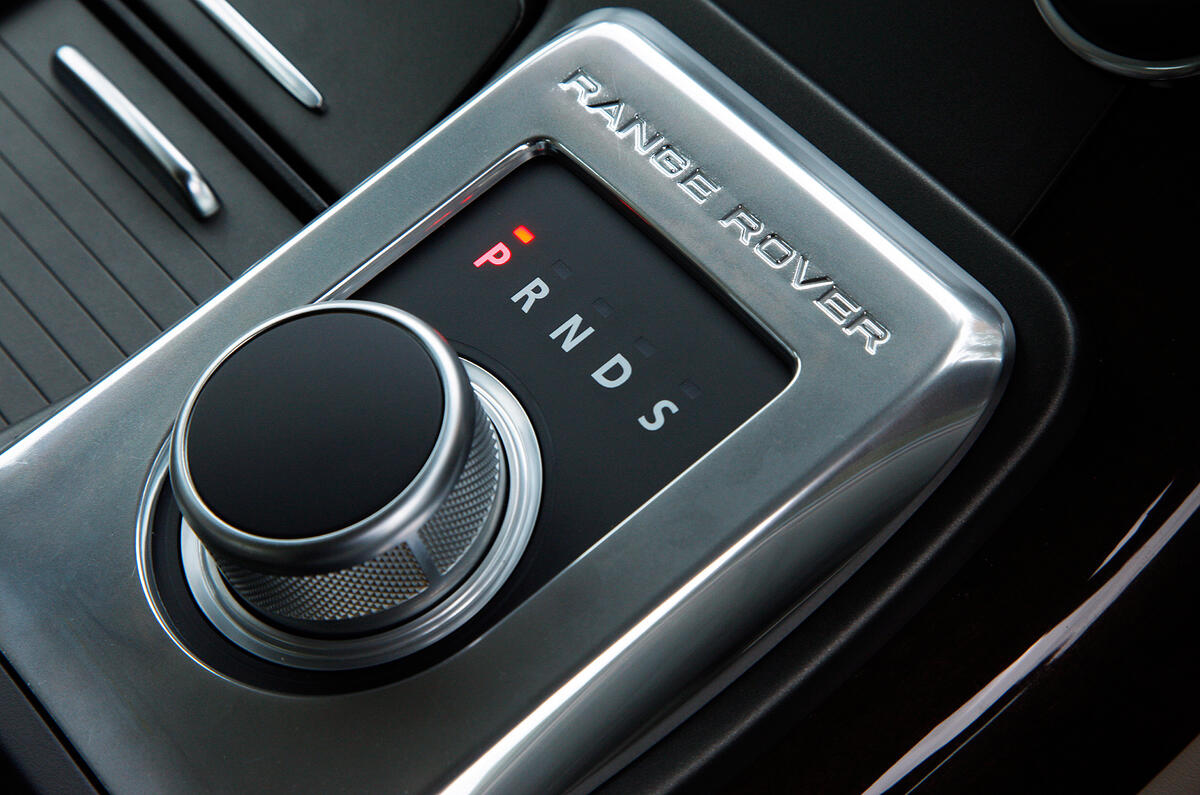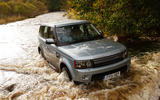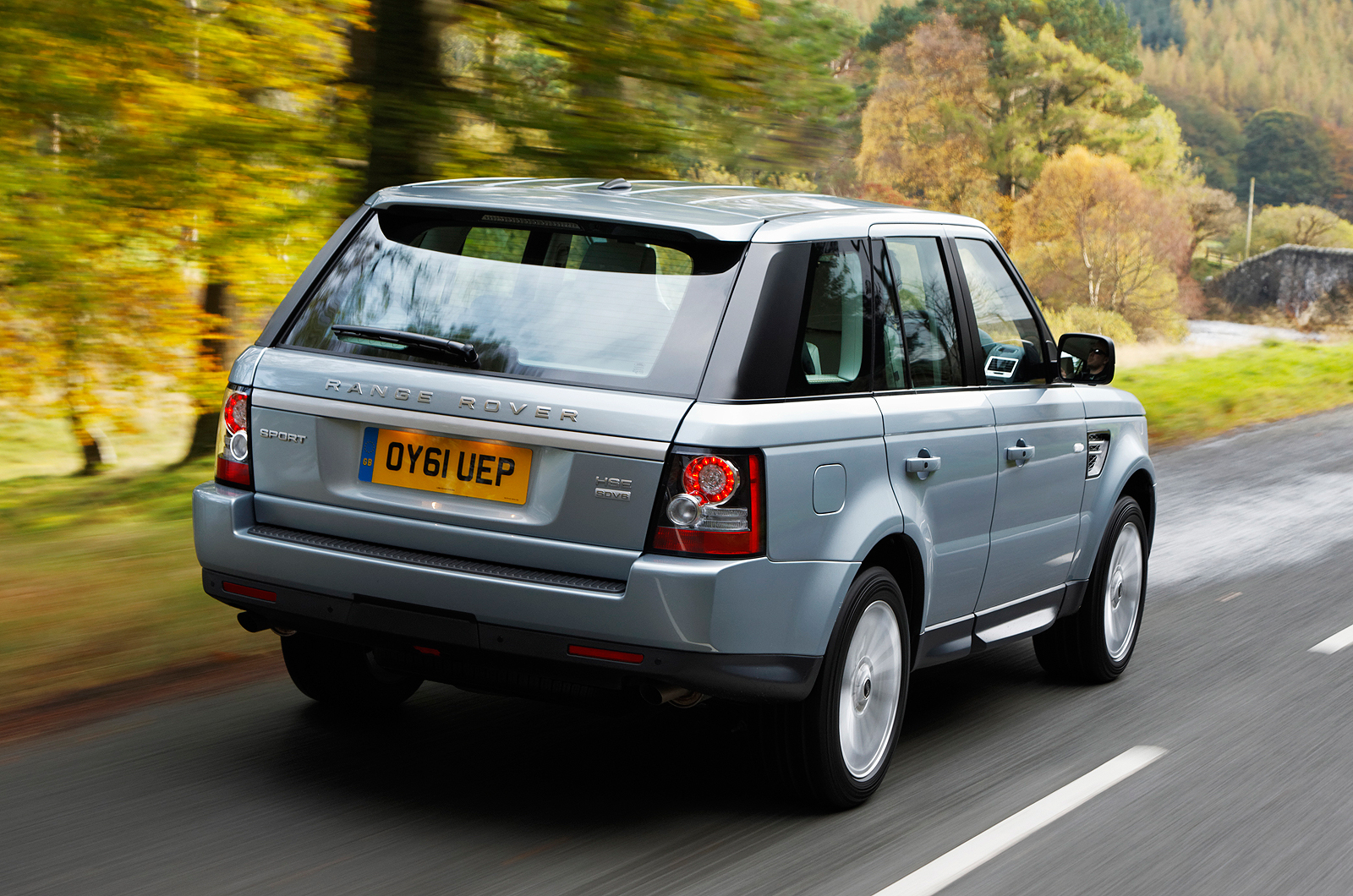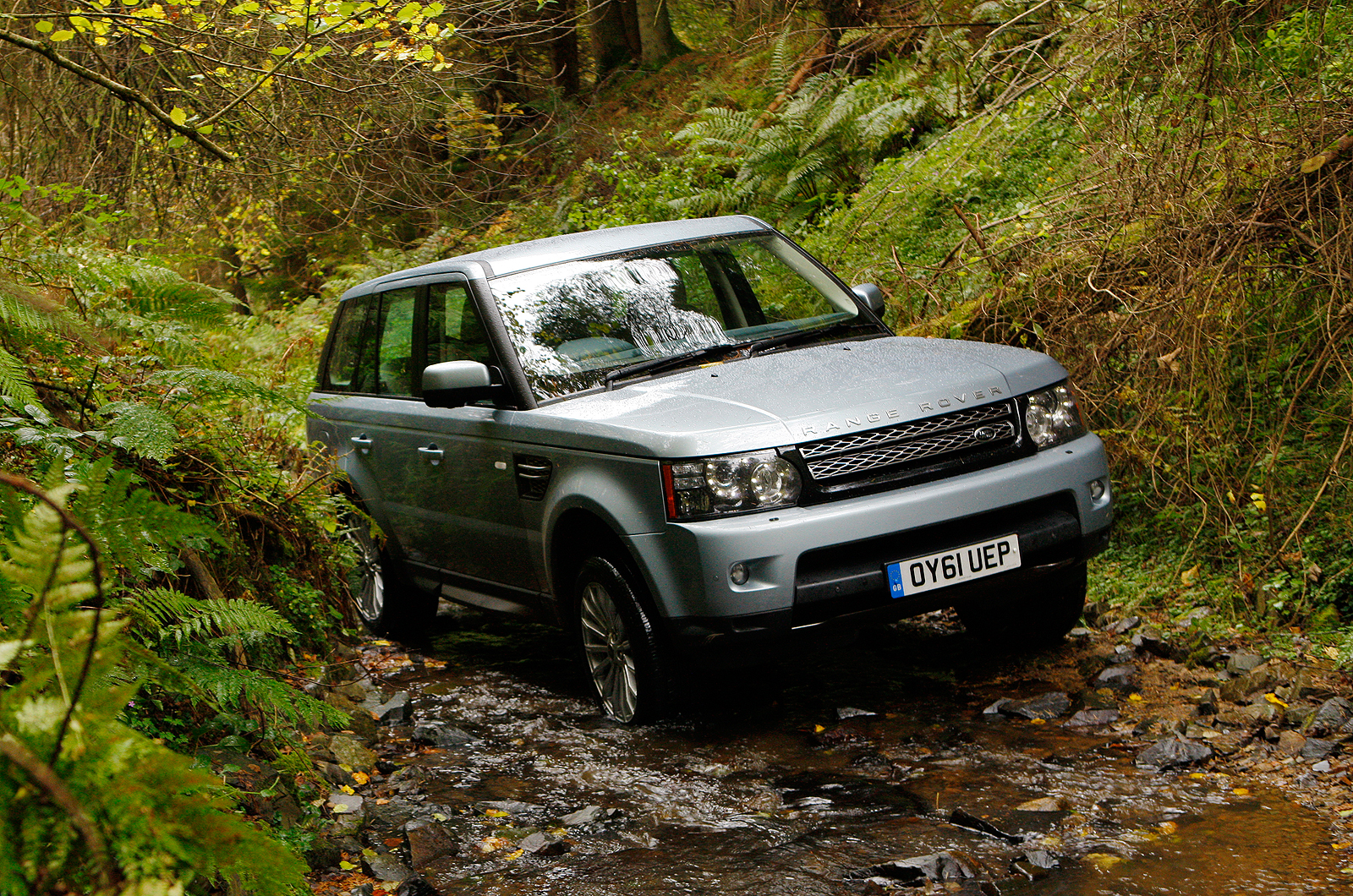The essential difference between a Range Rover and the supercharged Range Rover Sport is like second child syndrome; first borns are the upstanding offspring – good, reliable sorts that play it by the book.
By contrast, second children are mavericks who care not for convention and have one way of doing things, their way, and one speed at which to do them – flat out.
Land Rover's Range Rover Sport is the younger brother: smaller, slightly less practical but, through sheer force of charm, capable of grabbing almost all the attention.
Of course you don’t have to spend almost £70k on the range-topping supercharged Range Rover Sport to drive home in one, and the bulk of sales will go to the £49k Range Rover Sport TDV6. The diesel trades on the same basic concept as the 5.0-litre, five-hundred-horsepower blown model: of the offer of Range Rover brand luxury, desirability, performance and capability, at slightly less rarified price, and in a slightly more managably-sized package.
used Land Rover Range Rover Sport 2005-2013 cars for sale















































